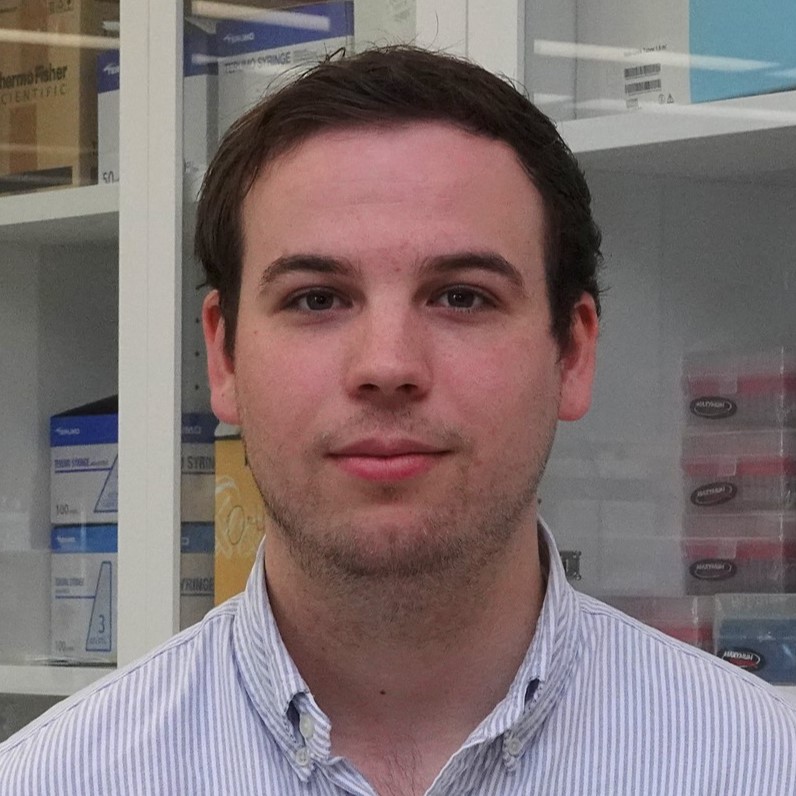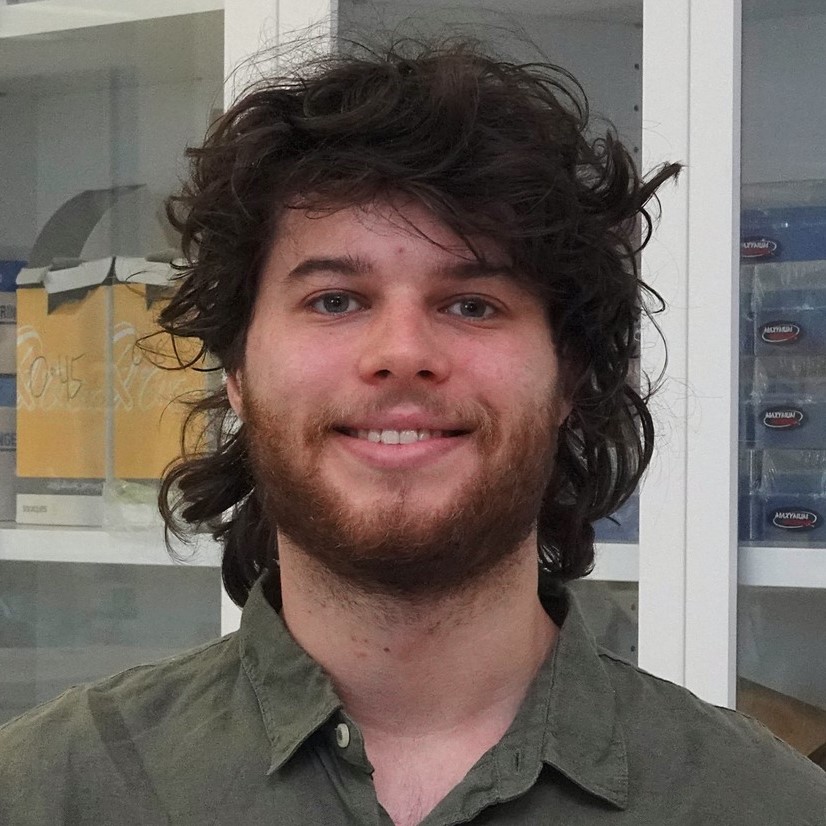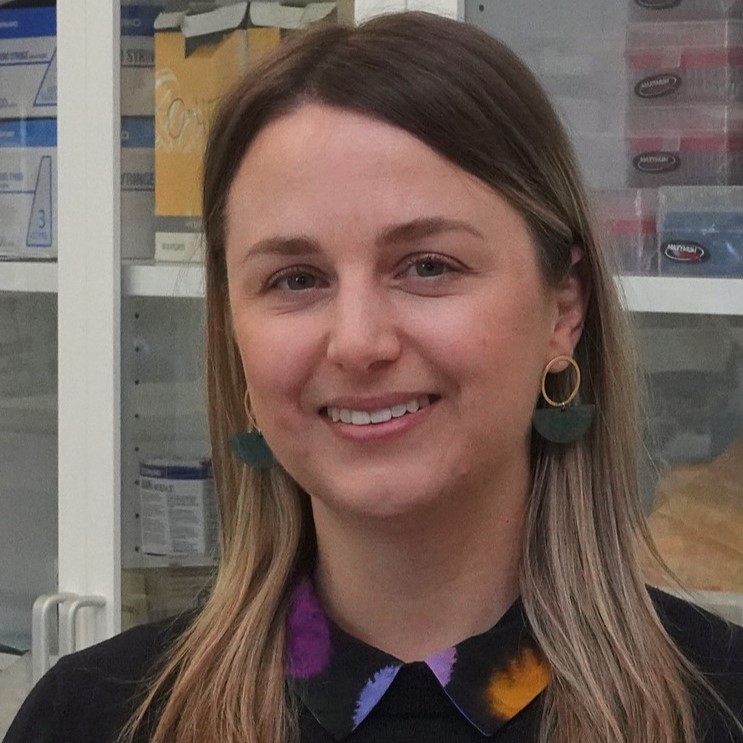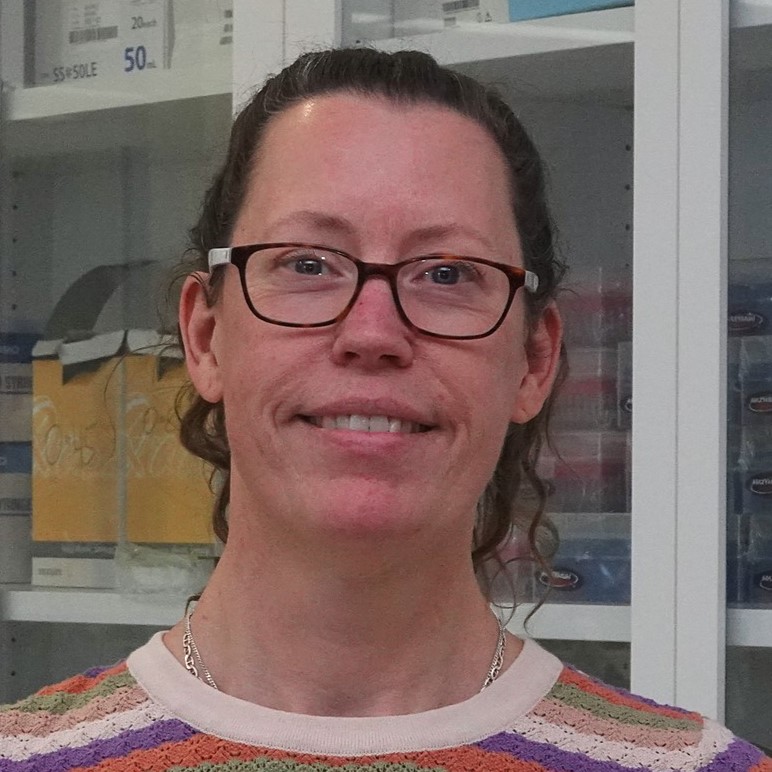Research Program Overview
In Australia over 20 children are born with a congenital birth defect every day. These disorders often require immediate medical intervention and ongoing treatment throughout life. A significant proportion of these disorders arise from abnormal development of the neuronal and vascular systems. The driving force behind the research performed in the Neurovascular Research Laboratory is to identify the cell and molecular mechanisms controlling neuronal and vascular development with the intent of providing novel insight toward the origins and treatment of these debilitating childhood disorders.
During embryonic development multiple different cell types, such as precursors of neurons and blood vessels, communicate with each other to control organ formation. How and why these cell types interact with each other is a major question that the Neurovascular Research Laboratory is trying to answer. Using in vivo model systems from mouse to zebrafish, our laboratory explores how precursors of peripheral neurons (neural crest cells) coordinate the development of other seemingly unrelated cell types such as the vasculature, the heart, the craniofacial skeleton and adrenal gland. Our findings identify previously unrecognised co-dependencies between these different cell types and demonstrate unique modes through which common signalling pathways control inter-cellular communication to regulate tissue morphogenesis.
Current Research Projects
- Contributions of neural crest cells to craniofacial development
- Defining the genes and signalling pathways regulating craniofacial development
- Defining the origins of childhood neuronal cancers
- Neural crest cell interactions with cardiac progenitors
- Cell fate transitions in the dorsal neural tube
- Exploring the molecular mechanisms of intracrine VEGF signalling
- Defining the molecular origins of neurodevelopmental disorders
- Angiocrine signalling pathways regulating embryonic development
Laboratory staff

Laboratory head
Team Members
Postdoctoral Research Associates
Research and Technical Assistants
Students
- Mr Iman Lohraseb
- Mr Daniel Bishop

- Mr Nathaniel Napoli

Select Recent Publications
- Lohraseb, P. McCarthy, G. Secker, C. Marchant, J. Wu, N. Ali, S. Kumar, R. Daly, N. Harvey, H. Kawabe,O. Kleifeld, S. Wiszniak& Q. Schwarz. Global ubiquitinome profiling identifies NEDD4 as a regulator of Profilin 1 and actin remodelling in neural crest cells. Nature Communications 13(1):2018 (2022).
- Ofek*, S. Wiszniak, S. Kagan, M. Tondl, Q. Schwarz* & C. Kalcheim*. Notch signaling is a critical initiator of roof plate formation as revealed by the use of RNA profiling of the dorsal neural tube. BMC Biology Apr 23;19(1) (2021). * equal senior author
- Wiszniak & Q. Schwarz. Exploring the intracrine functions of VEGF-A. Biomolecules Jan 19;11(1) (2021).
- Marchant, P. Anderson, Q. Schwarz* & S. Wiszniak*. Vessel-derived angiocrine IGF1 promotes Meckel’s cartilage proliferation to drive jaw growth during embryogenesis. Development Jun 11;147(11) (2020). * equal senior author
- Wiszniak & Q. Schwarz. Notch signalling defines dorsal root ganglia neuroglial fate choice during early neural crest cell migration. BMC Neuroscience Apr 29;20(1):21 (2019).
- Lumb, M. Tata, X. Xu, A. Joyce, C. Marchant, N. Harvey, C. Ruhrberg & Q. Schwarz. Neuropilins guide preganglionic sympathetic axons and chromaffin cell precursors to establish the adrenal medulla. Development Apr; 17(1) (2018).
- Lumb, S. Buckberry, G. Secker, D. Lawrence & Q. Schwarz. Transcriptome profiling reveals expression signatures of cranial neural crest cells arising from different axial levels. BMC Developmental Biology Apr; 17(1) (2017).
- Wiszniak, F. Mackenzie, P. Anderson, S. Kabbara, C. Ruhrberg, & Q. Schwarz. Neural crest cell-derived VEGF promotes embryonic jaw extension. Proceedings of the National Academy of Science, USA, May 12;112(19):6086-91 (2015).
- Cheah, H. Ramshaw, P. Thomas, K. Toyo-oka, X. Xu, S. Martin, P. Coyle, M. Guthridge, F. Stomski, M. van den Buuse, A. Wynshaw-Boris, A. Lopez & Q. Schwarz. Neurodevelopmental and neuropsychiatric behaviour defects arise from 14-3-3ζ deficiency. Molecular Psychiatry, 17, pp 451-66 (2012).





